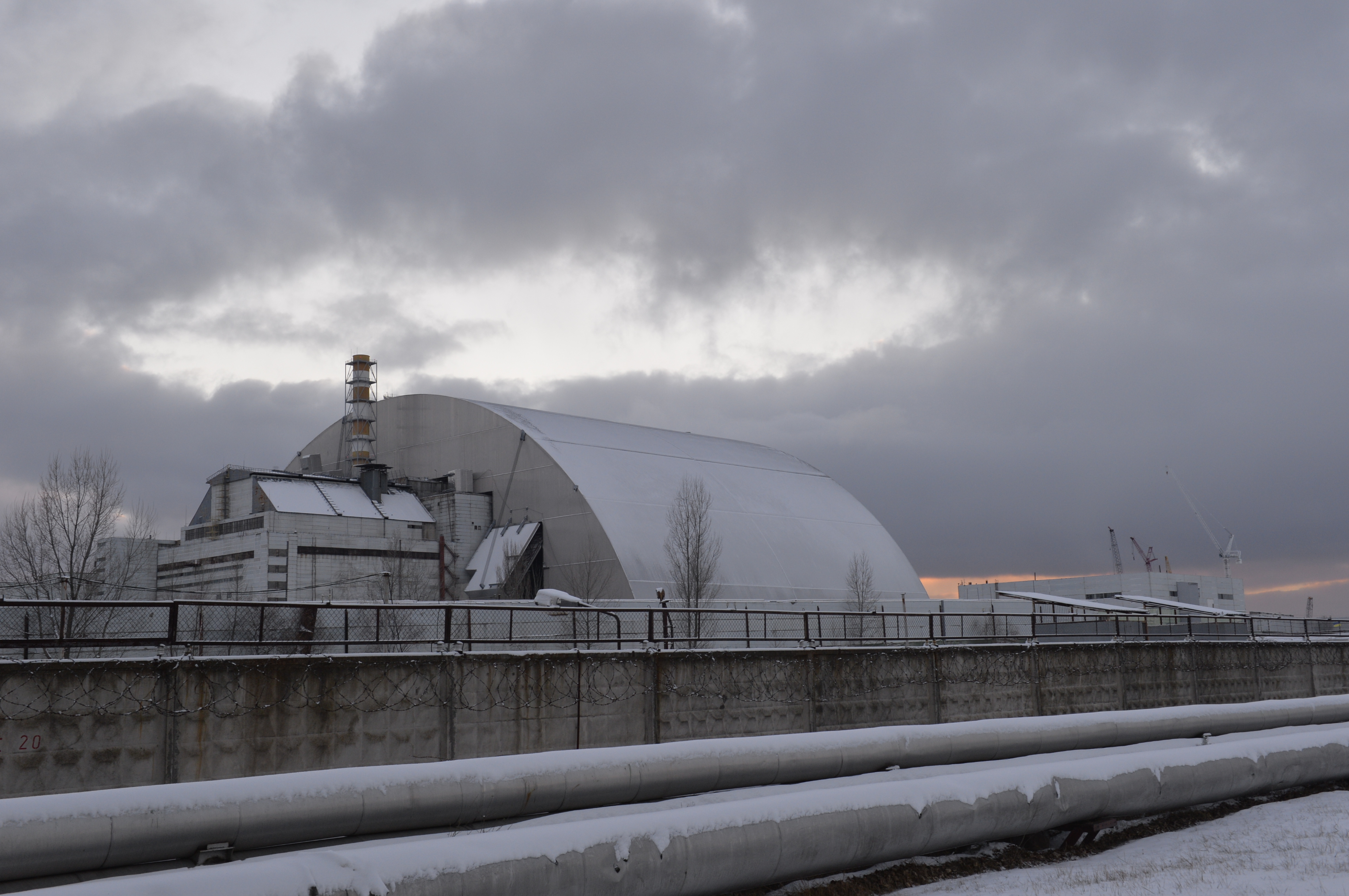Decommissioning nuclear power plants that have reached the end of their useful life will be a growing market for engineering and construction firms over the next 30 years, according to an executive from AECOM.
“Decommissioning is becoming a big business, and it is going to get bigger. … It’s a slow business, and it’s a regulated business,” Eric Knox, AECOM’s senior project director for nuclear and environment, said at an Oct. 23 Washington, D.C., conference on the outlook for domestic and global nuclear power.
Globally, there are some 441 nuclear reactors, which account for approximately 11% of the world’s electricity. The International Energy Agency (IEA) predicts that, over the next 20 years and beyond, more than 200 nuclear plants are expected to be retired, the equivalent of about 150 GW of electricity. Most of those retirements will be in countries in which the nuclear market is mature—the European Union, Russia, Japan and the U.S., Knox said.
Between 2015 and 2025, decommissioning costs could reach $130 billion, he added. Former Nuclear Regulatory Commission Chair Allison Macfarlane said the cost to decommission one reactor could range from $450 million to more than $1 billion.
 U.S. Energy Secretary Ernest Moniz said the industry is at a pivotal point. “We have a set of deliberate choices that we have to make, and we are going to have to make them over [the next] five-year period,” he said, adding that, in order to prepare for the big wave of retirements in the U.S. that will begin around 2030, industry, policymakers and communities need to start planning the path forward now.
U.S. Energy Secretary Ernest Moniz said the industry is at a pivotal point. “We have a set of deliberate choices that we have to make, and we are going to have to make them over [the next] five-year period,” he said, adding that, in order to prepare for the big wave of retirements in the U.S. that will begin around 2030, industry, policymakers and communities need to start planning the path forward now.
John Hamre, president and CEO of the Center for International and Strategic Studies, the conference sponsor, said there would be “no plausible way we’re going to get to a low-carbon future without nuclear.”
But Moniz noted, “By no means is that a universally held view.” He said that, potentially, there are two approaches the U.S. could take to develop a reliable, resilient and decarbonized electrical system. Some advocate for a distributed approach, using mainly renewables; others support including nuclear power in the mix. “What the system will or should look like is extremely unclear,” Moniz said. One open question is whether Congress will legislate incentives for nuclear projects analogous to those for zero-carbon sources, he said.
There also are decisions to be made about the disposal of spent nuclear fuel and other waste. Several speakers noted factors that are essential to easing the way for new plants to be constructed, including allowing new interim storage facilities and building consensus on long-term storage. Moniz said Congress has “held hostage” plans to build interim facilities. Macfarlane said discussions are at a “stalemate” regarding a permanent geological repository to store nuclear waste.



Post a comment to this article
Report Abusive Comment